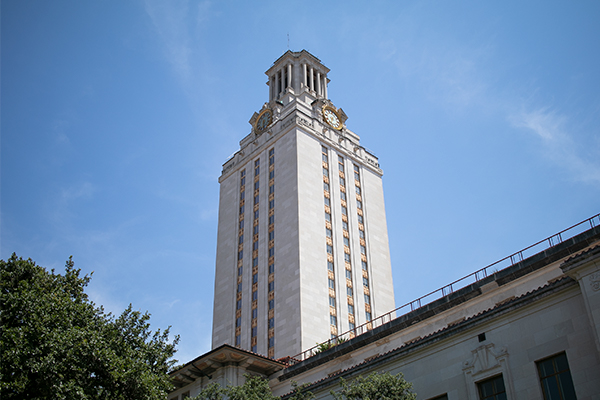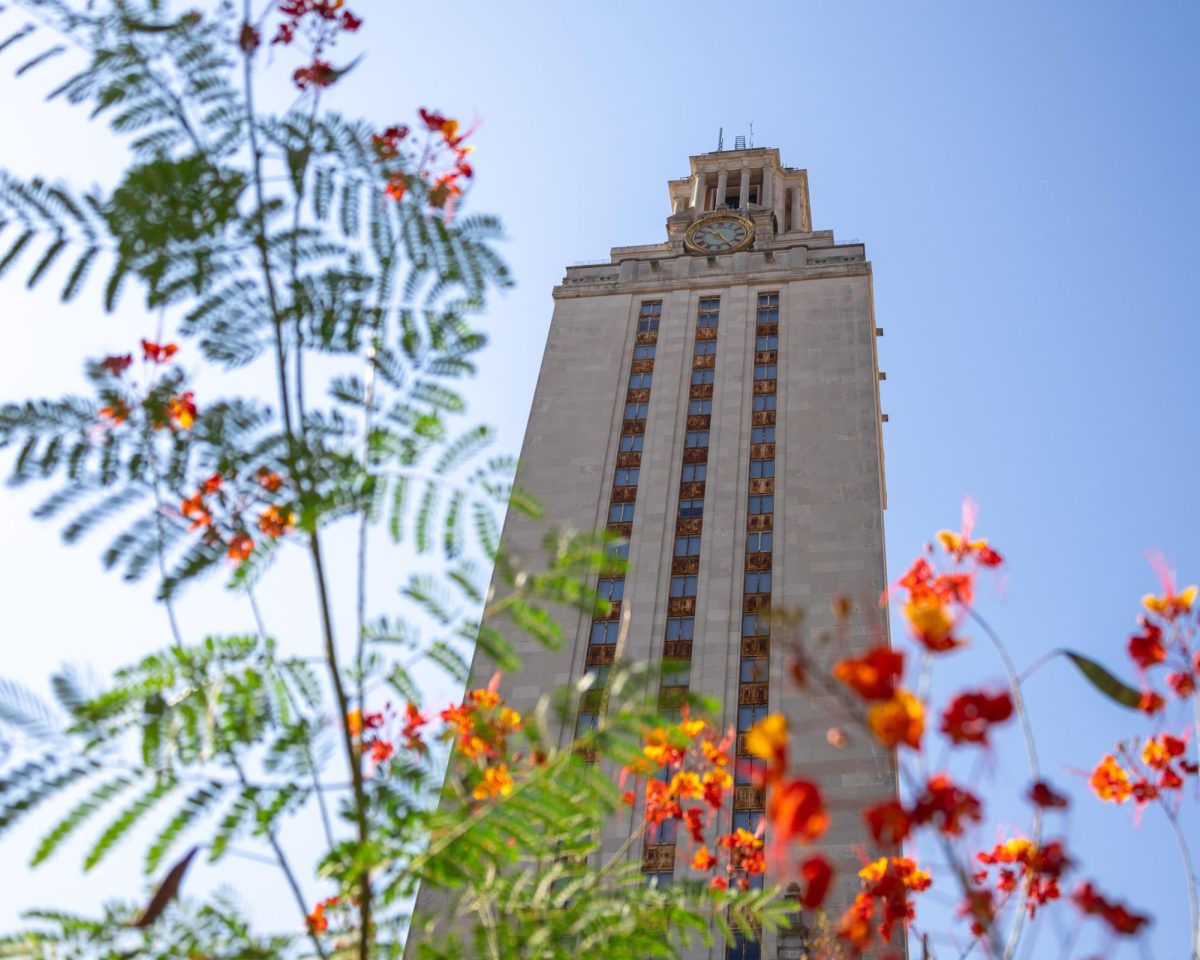UT will approach the spring semester with a similar plan as the fall, UT President Jay Hartzell said in a campuswide message Monday morning.
The spring semester will have “robust” online course offerings, hybrid options and some in-person classes. Students will be asked to quarantine before returning to campus in January, and staff members who can work from home can continue to do so. The spring calendar will remain the same, with spring break and other events taking place at the same as in previous years.
“We have not yet determined what commencement will look like and how much of the celebration will be in person or online,” Hartzell said.
Hartzell said UT’s proactive community test will now serve as confirmation that someone has tested positive for COVID-19. Previously, positive results from a proactive community test required a separate confirmatory nasal swab test.
UT will roll out an incentive program for community members who volunteer for the Proactive Community Testing Program, and details are forthcoming, Hartzell said.
“It is critical that community members participate in our proactive community testing, but I also acknowledge that there have been some kinks to work out during these early days, and we are working hard to make changes,” Hartzell said. “We want you to get tested regularly — as frequently as once every two weeks.”
Hartzell said students should get tested on campus to optimize the contact tracing process.
“As a reminder, the university is working closely with Austin Public Health and health care providers throughout Austin and Travis County to fight COVID-19 in our community,” Hartzell said. “We strongly encourage you to get your testing done on campus so that we can provide care and begin contact tracing immediately should you test positive.”
Hartzell said he was grateful for all the changes the community had already made in response to the unusual fall semester.
“The number of confirmed positive cases is within the range of what we had expected given UT’s size; there has been a relatively small number of infections among faculty and staff members; and the return of our student population has not resulted in wider spread throughout Austin and Travis County or increased hospitalizations,” Hartzell said. “But there is much more work to be done.”





















